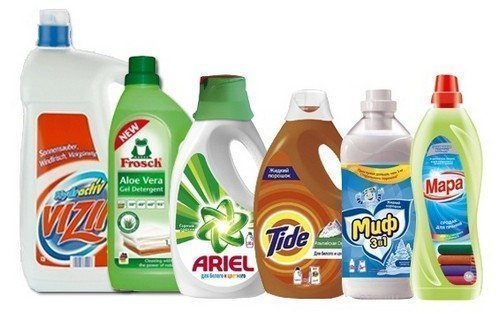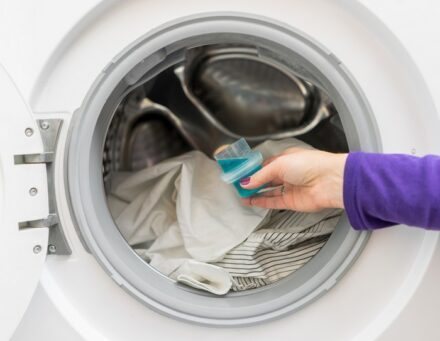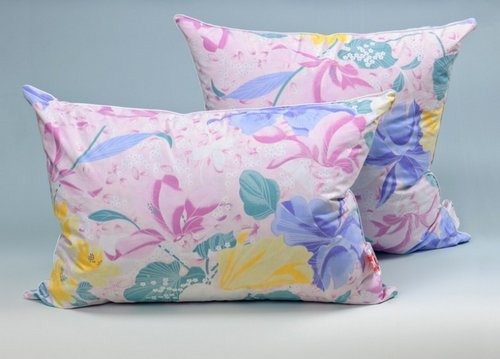Embroidery is a wonderful activity. The process itself brings peace to the soul, and order to the thoughts; as for the result of the work, embroidery always pleases the eye and brings comfort to the house. The main thing is to preserve the result of painstaking work.

The first step to this is to properly wash your finished work. But, before talking about the rules for washing embroidered items, you should remember the words of the cat Matroskin: “We need to get less dirty!” For embroiderers this means the following:
- Before starting work, be sure to wash your hands;
- do not drink tea while embroidering;
- After finishing embroidering, cover the embroidery hoop with thick fabric.
By the way, many embroiderers, both experienced and not so experienced, believe that if you follow these simple rules, then you won’t have to wash the finished embroidery. This opinion is erroneous. Washing finished embroidery is a mandatory stage of work because:
- after washing, the canvas is smoothed out, creases from the hoop disappear from it;
- Markings with a pencil or marker are washed off the canvas (especially for works embroidered with a cross or tapestry stitch);
- the stitches “fluff” (especially the wool thread) and take the correct shape - the whole work looks elegant and neat;
- microparticles of dust, sweat and sebum are removed, which, if not washed off immediately, over time can appear on the fabric in the form of very ugly stains and stains, and possibly in the form of fungal infections or mold.
There is also an argument against washing embroidered work - “dusty embroidery is better than faded embroidery.”Here, of course, it’s difficult to object - even if you manage to wash off such stains, the appearance of the product will still be unimportant. To avoid such trouble, it is worth taking the necessary measures ahead of time:
- check the threads for color fastness before embroidering, and it is better to use only high-quality threads, on the labels of which the manufacturer indicates the permissible water temperature and approved detergents;
- wash embroidery separately from each other;
- before washing, add a little vinegar to the water to fix the color;
- Wash embroidered work only in lukewarm water using products designed for washing colored items without chlorine.
If it happens that during the washing process the threads begin to shed, the product must be urgently rinsed in a large amount of cold water until the colored streaks disappear and the water becomes clear. Another way is to wash the embroidery in warm water using dishwashing detergent.
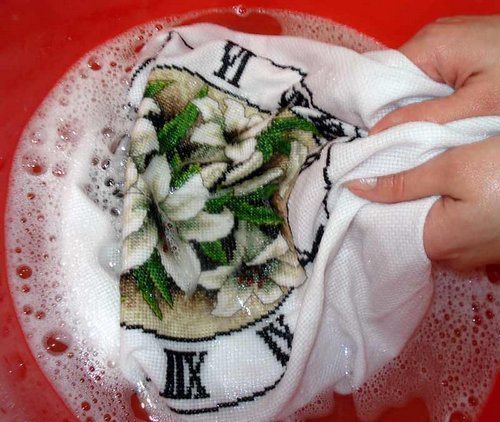
Preparing for washing
Before washing, you need to carefully tighten the loose ends of the threads from the inside out so that the embroidery does not unravel. Sometimes you even have to unravel a small fragment of the finished work so that the thread is long enough for secure fastening, and re-embroider the freed fragment with another thread.
The front side of the embroidery also needs preparatory work - all adhering threads, lint and other small debris must be removed from it. The work is painstaking, it takes a long time to do it with tweezers, ordinary tape can deform the stitches, but a special sticky roller for delicate cleaning of clothes is ideal.
The edges of the canvas also need to be protected from fraying and fraying; the fastest and easiest way to do this is by stitching the edges with a zigzag. If you don’t have a sewing machine at hand, colorless nail polish or PVA glue will help out, which you can use to carefully coat the edges of the fabric. As a last resort, you can stick narrow tape along the edge of the canvas.
Wash
To wash any embroidery - cross stitch, satin stitch, beads, ribbons - use only liquid detergents without bleaches or soap solution. Powder products are not suitable, since no powder dissolves completely in water and its grains will remain between the threads or beads. Some people wash their embroidery in dishwashing detergent, but it’s better not to do this, since they are too aggressive for embroidery, especially beaded ones.
Before you start washing your embroidered work, it is recommended to rinse it in cool water (if the size of the work is small, it is better to do this under the tap), especially if the markings were made with a special marker. In warm water, traces of the marker may become fixed.
Pour water into a basin (the size of the basin matters - the embroidery should be completely immersed in water) and add detergent to it. Soak the embroidery in water for 10-30 minutes. After soaking, gently swirl the work around, avoiding friction. The most contaminated areas should be washed from the inside out.
This method is more suitable for washing cross-stitch or satin stitch embroidery.
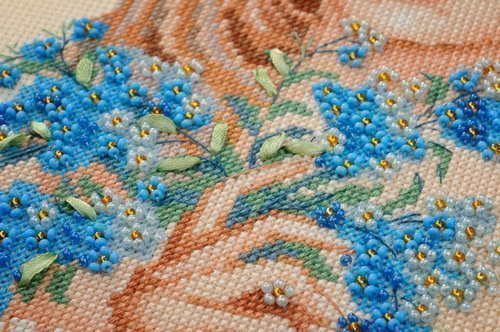
With bead embroidery it is better to do things a little differently. Works, especially those made with painted beads, should not be soaked.First, you should wash off traces of markings under a stream of water, then apply foamed liquid detergent to the work and carefully rinse the embroidered surface with light “drum” movements, as if driving foam between the beads.
You can try not to immerse the bead embroidery entirely in water, but to wipe the beads themselves with a swab dipped in a vinegar solution - 2 tablespoons of vinegar in half a glass of cold water.
If there are any stains left, they can be VERY CAREFULLY cleaned with a soft foam toothbrush. But this method should be used as rarely as possible.
Rinse and dry
The embroidery is rinsed in lukewarm water, changing it several times to completely wash away traces of the detergent. Before the last rinse, vinegar is added to the water - 1 spoon per liter of water to preserve the bright color and shine of the threads.
Embroidered items should not be wrung out or twisted, so as not to distort it and accidentally break the threads.
Having taken the embroidery out of the water, you need to straighten the folds, spread it on a white soft cloth (a terry towel is ideal), roll it into a sausage and gently roll it like a rolling pin. Unfold the fabric with the washed product, but do not remove the embroidery, it must dry. Slightly damp work should be leveled and slightly stretched, getting rid of possible distortions.
If the embroidered work is too large to fit in a towel, it should be dried by hanging it on a line.

Ironing
Embroidered items also need to be ironed very carefully. The slightly damp embroidery is placed face down on a soft mat and ironed until the work is completely dry, setting the iron control to the minimum temperature for the fabric.
Additional decorations (large beads, ribbons, soutache, cords) are sewn onto already washed and ironed embroidery.
Stains on embroidery
- Even the sun can leave stains, let alone embroidery. If such a disaster does happen, you should know what “antidotes” should be used in each individual case.
- Antipyatin soap or an aqueous glycerin solution will help remove pen marks.
- A tea stain – a solution of citric acid followed by washing in cold water.
- A scorch mark from an iron, blood or coffee – hydrogen peroxide.





